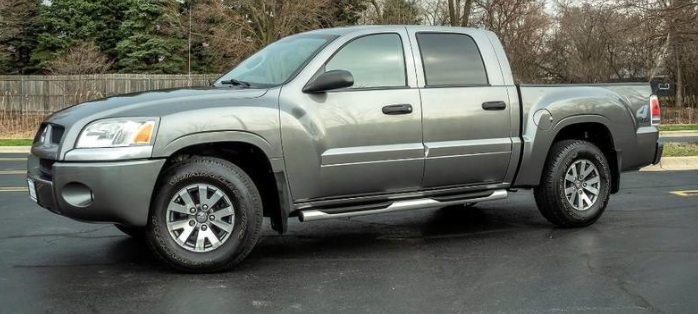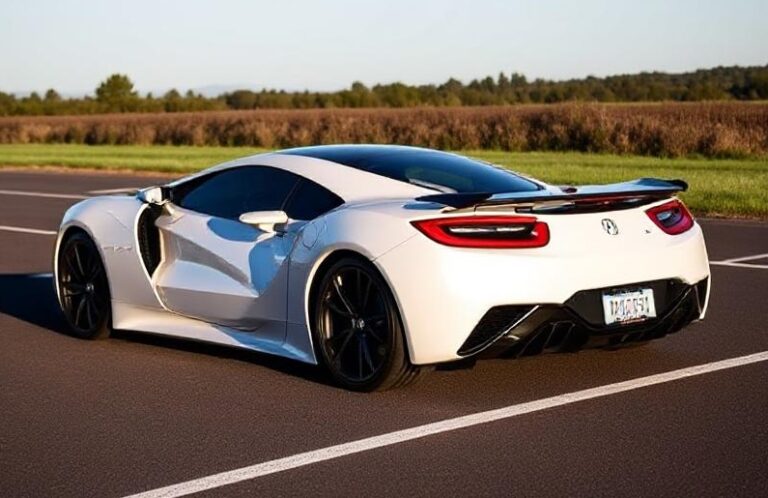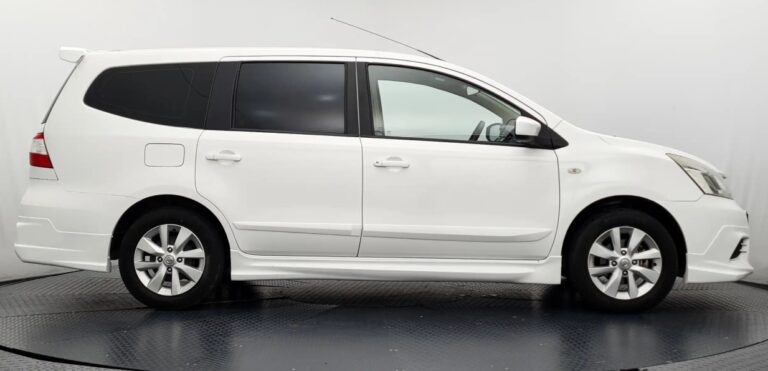The Evolution of the Mitsubishi Raider
The Mitsubishi Raider, also known as the Mitsubishi Dodge Ram in certain markets, is a pickup truck model that marked Mitsubishi’s foray into the full-size pickup segment during the early 2000s. Its development, production, and various trim offerings reflect the brand’s efforts to capture market share in a highly competitive segment. This article provides a detailed overview of the Mitsubishi Raider’s evolution, including its production years, models, and trim levels.
Introduction and Background
Mitsubishi Motors Corporation, a Japanese automaker renowned for its innovative vehicles and global reach, entered the pickup truck market in the United States with the Mitsubishi Raider in 2005. This move was part of Mitsubishi’s strategy to expand its North American lineup and leverage existing platforms to offer versatile trucks to consumers.
The Raider was essentially a rebadged version of the Dodge Dakota, sharing its underlying architecture and components. This collaboration allowed Mitsubishi to introduce a full-size pickup without the significant investment required for developing a new platform from scratch. The Raider was produced from 2005 through 2009, after which Mitsubishi discontinued the model due to declining sales and shifting corporate priorities.
Production Years and Model Lifecycle
| Year | Model Notes |
|---|---|
| 2005 | Introduction of the Mitsubishi Raider |
| 2006 | Continued production with minor updates |
| 2007 | Model refresh, introduction of new trims |
| 2008 | Continued production, slight updates, end of life |
| 2009 | Final model year, limited sales, end of Raider production |
The Raider’s lifecycle, spanning five model years, saw incremental updates, primarily focused on trim and feature packages rather than major redesigns.
The Mitsubishi Raider: Design and Platform
The Raider was based on the Dodge Dakota’s third-generation platform, sharing much of its chassis, powertrain options, and structural elements. Its design emphasized a rugged, utilitarian look, with bold front grilles, muscular wheel arches, and a variety of cab configurations.
The truck was available in both Regular Cab and Quad Cab (extended cab) configurations, appealing to diverse customer needs ranging from work-oriented buyers to those seeking a more comfortable, family-friendly pickup.
Model and Trim Levels
Throughout its production, the Mitsubishi Raider was offered in several trim levels, each catering to different customer preferences and budgets. The availability of trims and configurations evolved over the years, with some trims being added or discontinued based on market response.
2005–2006 Trim Levels:
- LS: The base model, offering essential features suitable for work or basic transportation.
- LT: A step up, with additional comfort and convenience features.
- R/T: The performance-oriented trim, featuring a more powerful engine and sportier styling cues.
2007–2009 Trim Levels:
- LS: Continued as the entry-level option.
- XLS: Introduced as a mid-range trim, offering extra convenience and comfort features.
- LTD (Limited): The flagship trim with luxury features, upgraded interior materials, and advanced options.
- R/T: Maintained for enthusiasts seeking sportier performance.
Powertrain Options and Performance
The Mitsubishi Raider offered a range of powertrain choices, primarily mirroring those available in the Dodge Dakota platform:
- 3.7-liter SOHC V6 engine: Producing approximately 210 horsepower and 235 lb-ft of torque. Available in base models, offering a balance of power and fuel economy.
- 4.7-liter SOHC V8 engine: Delivering around 310 horsepower and 329 lb-ft of torque. This engine was available in higher trims and aimed at customers seeking more towing capacity and performance.
- 3.9-liter V6 (in some markets): Less common, primarily in export models.
- 5.7-liter HEMI V8: Not available in the Raider, but relevant as a competitor’s offering.
Transmission options included 5-speed manual and 4-speed automatic transmissions, depending on the engine and trim.
.

.
Special Editions and Packages
The Raider’s lifecycle included several special editions and packages designed to enhance its appeal:
- R/T Sport Package: Focused on performance upgrades, including sport-tuned suspension, unique wheels, and aggressive styling.
- Off-Road Packages: Available in some trims, featuring upgraded shocks, skid plates, and off-road tires.
- Luxury Packages: Offered in the LTD trims, with leather upholstery, premium audio, and advanced interior features.
Notable Features and Interior Options
The Raider aimed to provide both utility and comfort. Over the years, trim levels gained features such as:
- Power windows and locks
- Air conditioning
- Premium audio systems
- Leather upholstery (LTD trims)
- Navigation systems (in later years)
- Upgraded wheels and tires
The interior design was utilitarian but increasingly refined in higher trims, with an emphasis on driver comfort and convenience.
Market Position and Discontinuation
Despite its capabilities, the Mitsubishi Raider struggled to gain significant market share in the competitive full-size pickup segment dominated by Ford, Chevrolet, Dodge, and Toyota. Factors contributing to its limited success included brand perception, limited dealer network, and stiff competition.
In 2009, Mitsubishi announced the cessation of Raider production, citing declining sales and shifting corporate focus toward other markets and vehicle segments. The final Mitsubishi Raider rolled off the assembly line in 2009, making the model a relatively short-lived endeavor in Mitsubishi’s lineup.
Legacy and Collectibility
While Mitsubishi discontinued the Raider after only a few years, it remains a notable example of the company’s attempt to diversify its portfolio. Its rebadged Dodge Dakota roots mean that many parts and components are shared with Dodge models, which has helped some enthusiasts maintain and restore these vehicles.
Today, the Raider is considered a rare sight on roads, appreciated by collectors and fans of Mitsubishi’s brief foray into full-size pickups. Its limited production run and unique position in Mitsubishi’s history give it a niche appeal.
Summary
The Mitsubishi Raider’s evolution reflects a strategic partnership and an attempt by Mitsubishi Motors to penetrate the full-size pickup market in North America. Produced from 2005 to 2009, the Raider was offered in multiple trims, including LS, XLS, LTD, and R/T, with a range of engines from a 3.7-liter V6 to a 4.7-liter V8. Its design was heavily influenced by the Dodge Dakota, sharing its platform and mechanical components.
Though its lifespan was relatively brief, the Raider left an imprint as Mitsubishi’s dedicated pickup offering during the mid-2000s. Its legacy endures among enthusiasts who appreciate its unique position and limited production run, serving as a testament to Mitsubishi’s diverse vehicle lineup during that era.
Conclusion
The Mitsubishi Raider exemplifies an era of collaboration, strategic platform sharing, and market experimentation. Its production span, model variants, and trim levels highlight the company’s effort to cater to varied customer needs, from basic work trucks to performance and luxury-oriented models. Although it was discontinued after a brief run, the Raider remains a noteworthy chapter in Mitsubishi’s history, illustrating the complexities and competitive nature of the pickup truck segment during the early 21st century.







